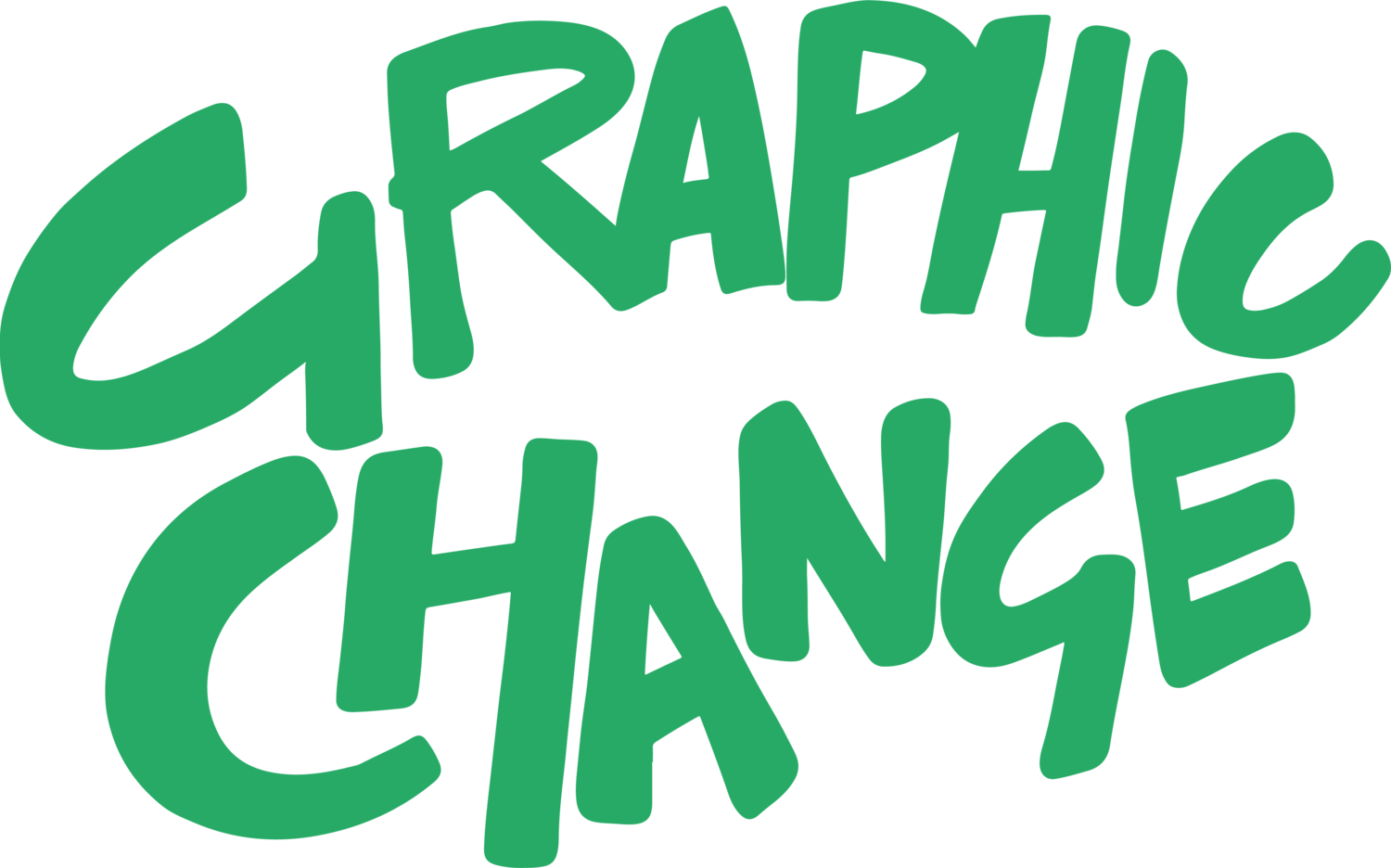Thoughts on the purposeful use of colour
Blue Monday, is a thing…
Of course the coiners of this phrase don't mean the blue of gorgeous skies, infinite horizons or exhilarating seas, they don't mean the blue of the world, of nature...they don't really mean blue the colour at all. They mean blue the emotion.
(*For the Americans amongst you, apologies that as a Brit I've spelt color wrong the whole way through!)
The third Monday of the year has gained the sad title of the most miserable day of the year. Far enough from the holidays for any residual festive happiness to have left us, and also still not pay day, despite many people having just had the biggest spending month of the year. So it's the blue of emotions that we really mean when we say 'blue Monday'. The crayon we'd pick if we had to colour cold, or rain, or tears.
Colour psychologists believe colours can affect how we feel, they just disagree with the Marketeers over what those feelings are. Blue for example, is not a sad colour, but a trustworthy colour. It's honest and sincere, reliable and confident. I was once told that was why communications companies used to favour it as a branding colour...Red of course is the colour of passion and love and, let’s not forget, danger… gold is the colour of riches and halos and winner’s cups… but how far should you take it?
The purposeful use of colour can and does help to create a common language and a shared understanding. If we look at marketing to children, with its artificial pink vs. blue divide, we can see that colour can also be used to limit, to exploit and to exclude.
Should we take colouring in so seriously?
In my work, I'm often asked; how do I pick what colour to use, and how do I decide when to use it?
Whether or not you believe the theories, it’s hard to deny the very real and powerful associations of some colours, so when it comes to working visually does any of it really matter? Should we really take what amounts to ‘colouring in’ quite so seriously?
I’ve always believed that the person with the pen holds a lot of power and when I graphic at meetings I can’t deny colour does matter. I am conscious of the colours that are important to the client, the common cultural associations of certain colours, as well the colour of people in the room (and not in the room). I use colour to highlight key points and I use it to create a visual balance on the page.
So if you want to flex your pens and inject some purposeful colour into your communications, here are some suggestions:
3 tips for using colour
1. Embrace your taste - if you have favourite colours that make you happy, try and include those where you can, they're part of your personal style. But...
2. Communicate outwardly - some colours have powerful associations, so think about who your visuals are for and not just what you like. Take pink for example. If you love pink and your brand is all about appealing to other folk who love pink then don't hold back, but for everyone else, do be aware that a lot of people (me included) find the colour pink a massive turn off.
3. Be inclusive - When you're drawing people be conscious that you don't only draw a mono-culture by leaving the skin blank. Not adding colour means that the colour of the page becomes the default skin tone. Add colour and be sure to add a variety of colours.
All I know for sure is that colour really does help a graphic to come alive. I use it a lot and I certainly have my habits and my favourites. For today though, I'm mainly interested in one important colour, Pantone 16-0940 'Taffy' - the colour of my next cup of tea.
Here at Graphic Change we work with individuals and businesses helping them to get the benefits of working more visually.
Find out more about our online courses over at the Graphic Change Academy.
Or buy my book Draw A Better Business.
If you enjoyed this read, let us know by clicking the "like" below, and share it forward with the other visual thinkers in your life.






